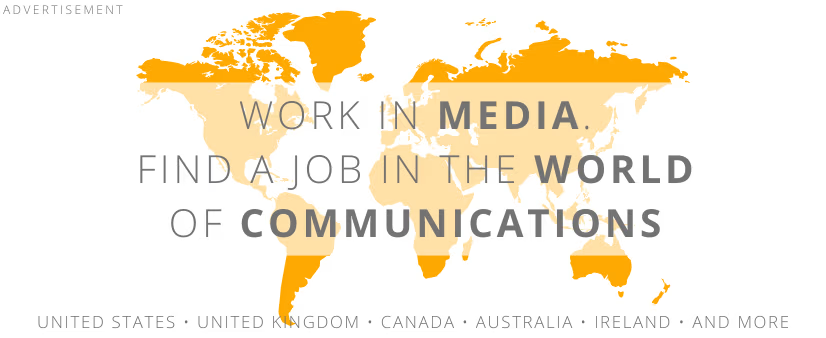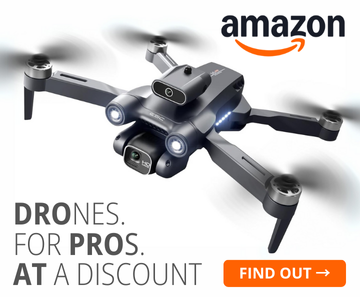- 37% of people with incomes over 5,000 PLN who buy luxury goods read at least ten press titles.
- Another 30% in this group regularly read between four and nine titles.
- "Reading the press is an aspect of cultural capital, which is inherently linked to wealthy individuals or those with incomes over 5,000 PLN," says Waldemar Izdebski, president of Polish Readership Research, to Newseria Biznes. - "While the readership rate for certain press titles may be 6-7% across the country, in this group, it reaches 10-15%."
 source: “Luxury Loves the Press,” Polish Readership Research 2017
source: “Luxury Loves the Press,” Polish Readership Research 2017People with incomes over 5,000 PLN are classified as affluent, with 80% of them purchasing luxury brands. This represents 4.7% of the Polish population aged 18-59, or about 1.05 million people. Additionally, 290,000 Poles earn over 14,000 PLN monthly and are considered wealthy.
- In the affluent group, 45% read the press for at least an hour daily, while in the wealthy group, this figure rises to 54%.
- Over two-thirds of affluent readers choose monthly magazines, compared to 44% of the general Polish population (average issue readership rate).
- A third of those with incomes above 5,000 PLN read daily newspapers, while the national average is 15%.
- "These findings challenge the outdated stereotype of the affluent as nouveau riche,” comments Prof. Dominika Maison from the University of Warsaw, president of Maison & Partners, in a statement to Newseria Biznes. - "The wealthy in Poland are increasingly becoming an elite: well-educated individuals who often achieved their position through knowledge, professionalism, and competence. They travel more frequently than most Poles and are regular readers of both opinion-forming and lifestyle press."
The report from Polish Readership Research also reveals another interesting insight: as wealth increases, television viewership declines, while press readership grows.
 source: “Luxury Loves the Press,” Polish Readership Research 2017
source: “Luxury Loves the Press,” Polish Readership Research 2017Affluent and wealthy readers enjoy a wide range of press titles. Research by PBC disproves stereotypes suggesting that popular press primarily targets low-income groups.
- "The press, regardless of its theme, is aimed at both the middle and upper classes. This includes economic publications, opinion weeklies, exclusive monthlies, as well as more popular titles like computer or automotive magazines," explains Waldemar Izdebski. - "It’s not that the upper class rejects certain titles, but rather they read them less regularly."
What Wealthy Poles Read
Readership of major press titles is several times higher among people with incomes over 5,000 PLN compared to the general Polish population. The most popular newspaper among both men and women is Gazeta Wyborcza, with readership among affluent individuals being three and a half times higher than the overall market reach.
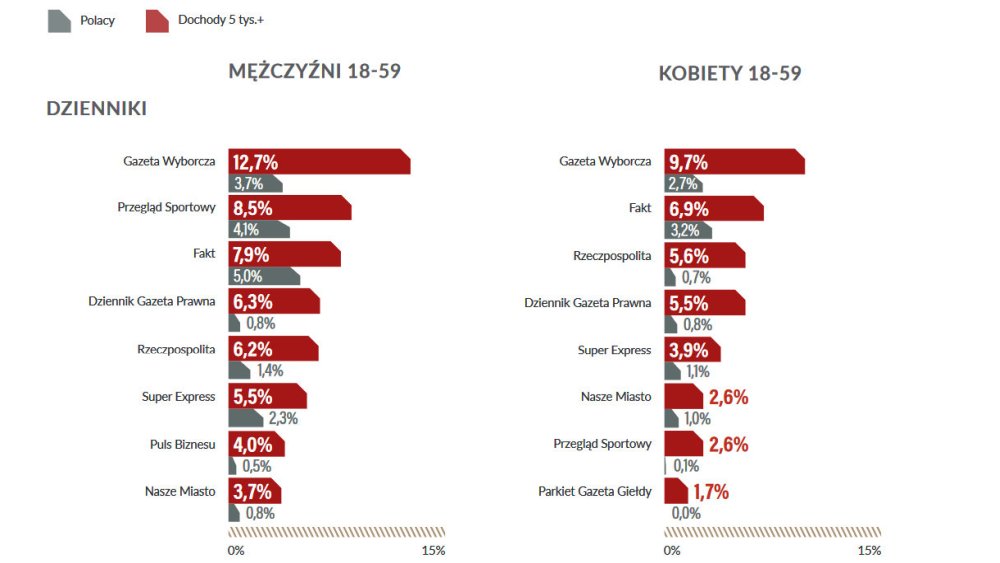 source: “Luxury Loves the Press,” Polish Readership Research 2017
source: “Luxury Loves the Press,” Polish Readership Research 2017Among weeklies, Newsweek holds the top spot for affluent Poles, slightly ahead of Tele Tydzień. Among affluent women, the ranking is reversed. Weeklies are the only group where the most popular titles among affluent readers have lower readership rates than the general market, particularly among affluent women who read Tele Tydzień, Życie na gorąco, and Chwila dla Ciebie.
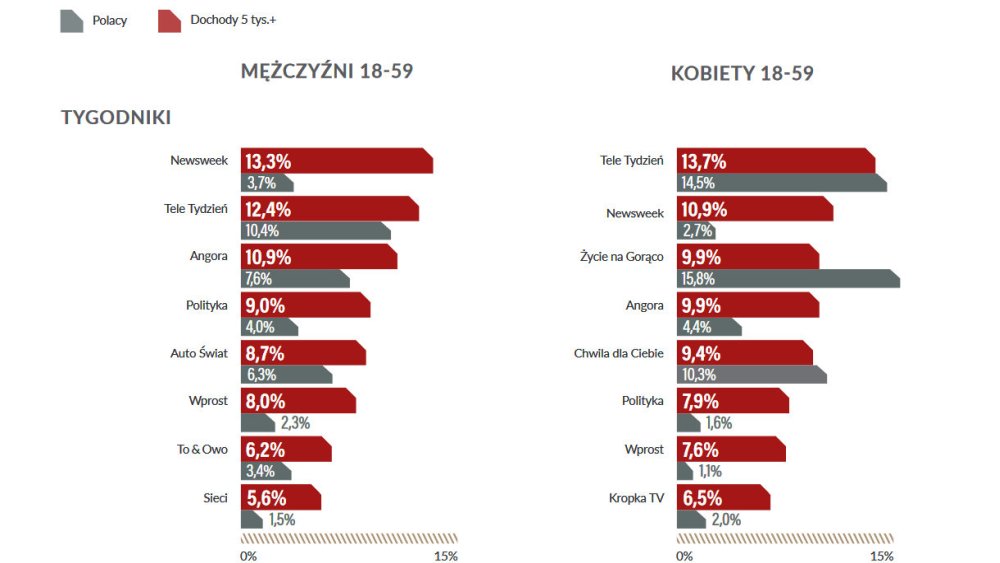 source: “Luxury Loves the Press,” Polish Readership Research 2017
source: “Luxury Loves the Press,” Polish Readership Research 2017In the monthly magazine category, the average readership rate for a single issue among those earning over 5,000 PLN ranges from 8-15%. Men prefer Komputer Świat, National Geographic, and Murator. Among women, the most popular titles are Twój Styl, Skarb, and again, National Geographic.
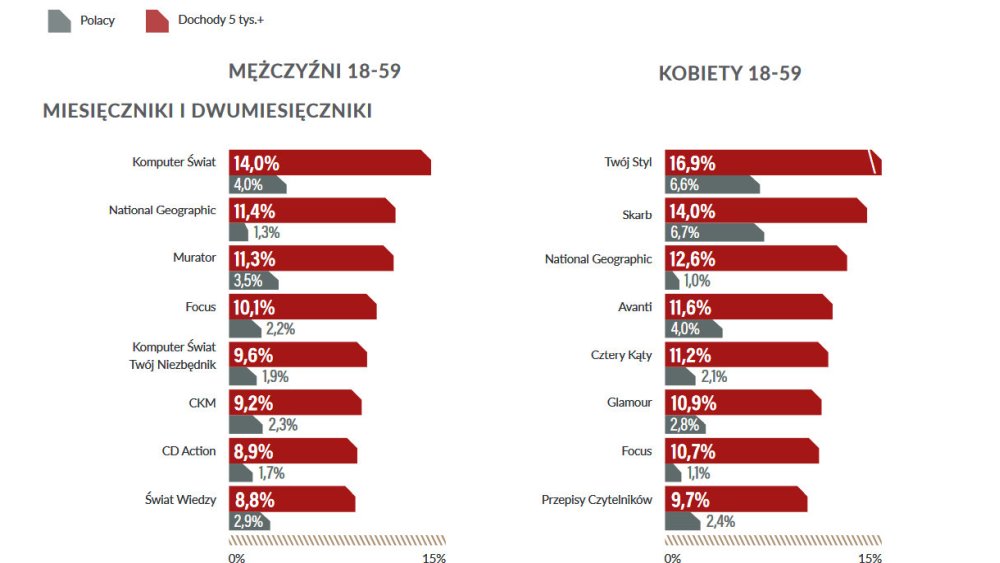 source: “Luxury Loves the Press,” Polish Readership Research 2017
source: “Luxury Loves the Press,” Polish Readership Research 2017The precise targeting of readership and press titles can be an effective tool for planning luxury brand campaigns, highlight the authors of the PBC report. Determining a title’s reach is essential.
The full “Luxury Loves the Press” report is available on the PBC website: https://www.pbc.pl
COMMERCIAL BREAK
New articles in section Media industry
Advertising market 2025. Poland, Europe and the World
Marcin Grządka
The global advertising market is growing by 8.8% in 2025 and will reach a value of 1.14 trillion dollars. The industry result in Europe records slightly lower dynamics, at the level of 5.8%. In this comparison, Poland performs clearly above the average. We will record an increase of 8.9% this year and a value of 18.56 billion PLN - estimates WPP Media in the annual report "This Year Next Year".
The print media market 2025. Three global trends
Krzysztof Fiedorek
The market value is 359.53 billion dollars, yet the erosion is visible to the naked eye. The decline for newspapers will amount to -2.3 percent. Despite this, print retains strength: it generates 76 percent of subscription revenues and enjoys 82 percent consumer trust. The future of the industry is defined by hybrid strategies and niche specialization.
Journalism in the age of AI. Why people prefer humans over machines
Krzysztof Fiedorek
Only 12% of people accept news created solely by AI, while 62% prefer those written by humans. At the same time, only 19% notice labels indicating the use of artificial intelligence, while younger audiences ask AI to explain the content to them. These are the findings of the Reuters Institute report on artificial intelligence in media.
See articles on a similar topic:
Business Communication and 25 Years of PR Evolution. ITBC Report
KFi
How has technology transformed the way companies communicate with clients? What connects speed of response, creativity, and crisis resilience? The ITBC Communication report reveals how communication has evolved over the past 25 years and what defines the future of business relationships.
Investigative journalism in Europe. Newsrooms face pressure
KFi, Newseria
Media and political representatives point to the difficult situation of investigative journalism in Europe. Newsrooms are reluctant to invest in this segment due to high costs and the large amount of time and effort required. Most of all, however, they fear legal proceedings.
Blogs in E-commerce. Report by Elephate and Senuto
KrzysztoF
The average number of indexed articles on e-commerce blogs is 565, with each post attracting 347 readers per month. The health industry generates the highest organic traffic per single article. The authors of the "E-commerce Blog Ranking" take a behind-the-scenes look at the commercial blogosphere.
Influencers Earn Too Much. No Fluff Jobs Report
KrzysztoF
According to nearly 70% of Poles, influencers earn too much, and 54% feel the least affection for them out of all professions. Only politicians receive equally low regard among respondents surveyed by No Fluff Jobs. On the other hand, nurses and… farmers are considered underpaid.


